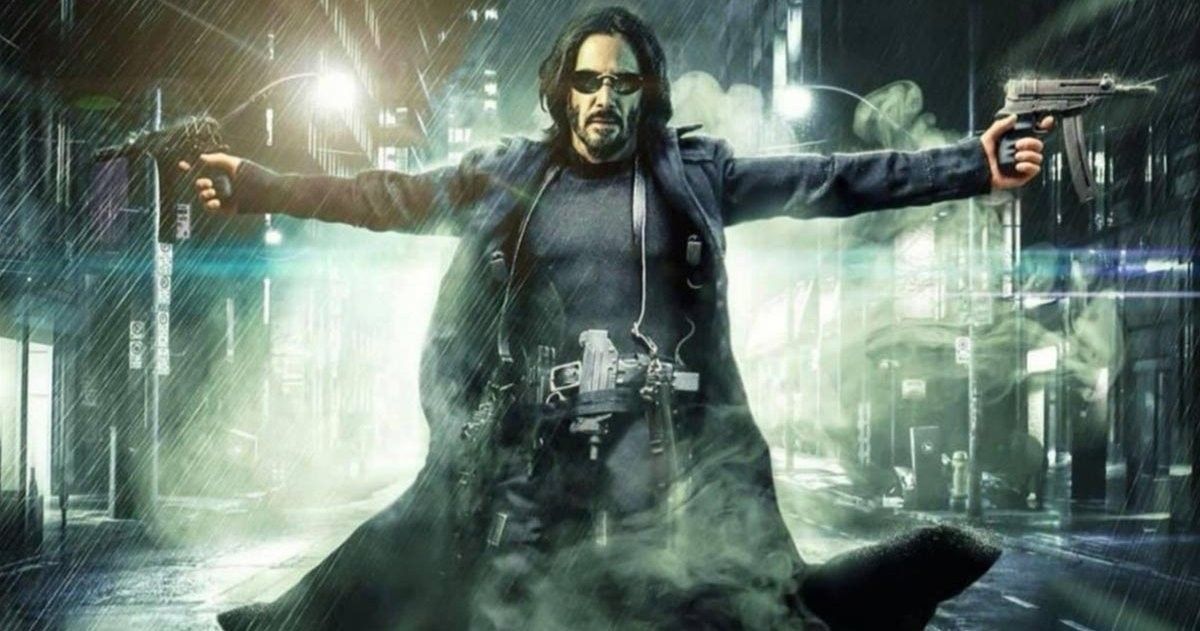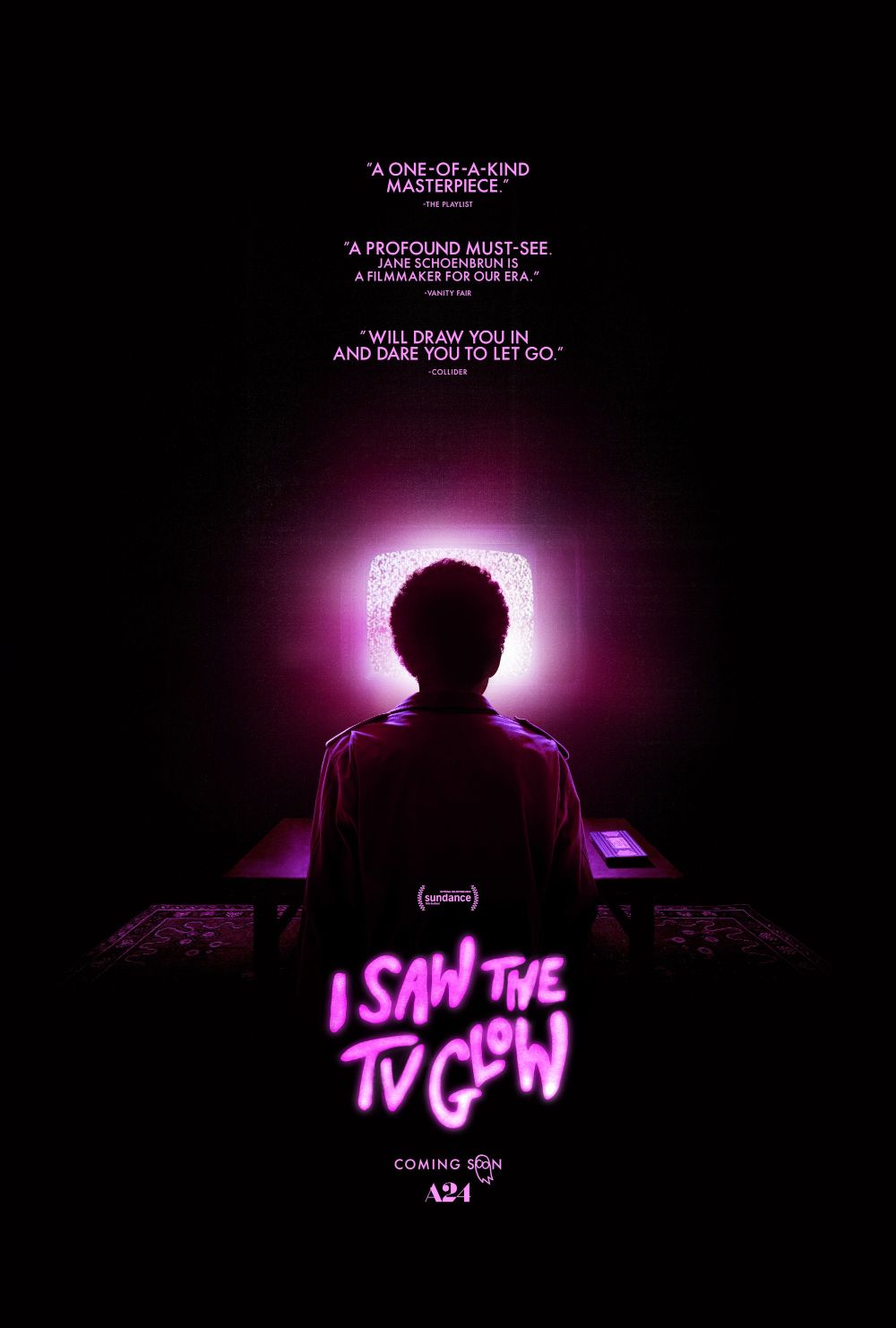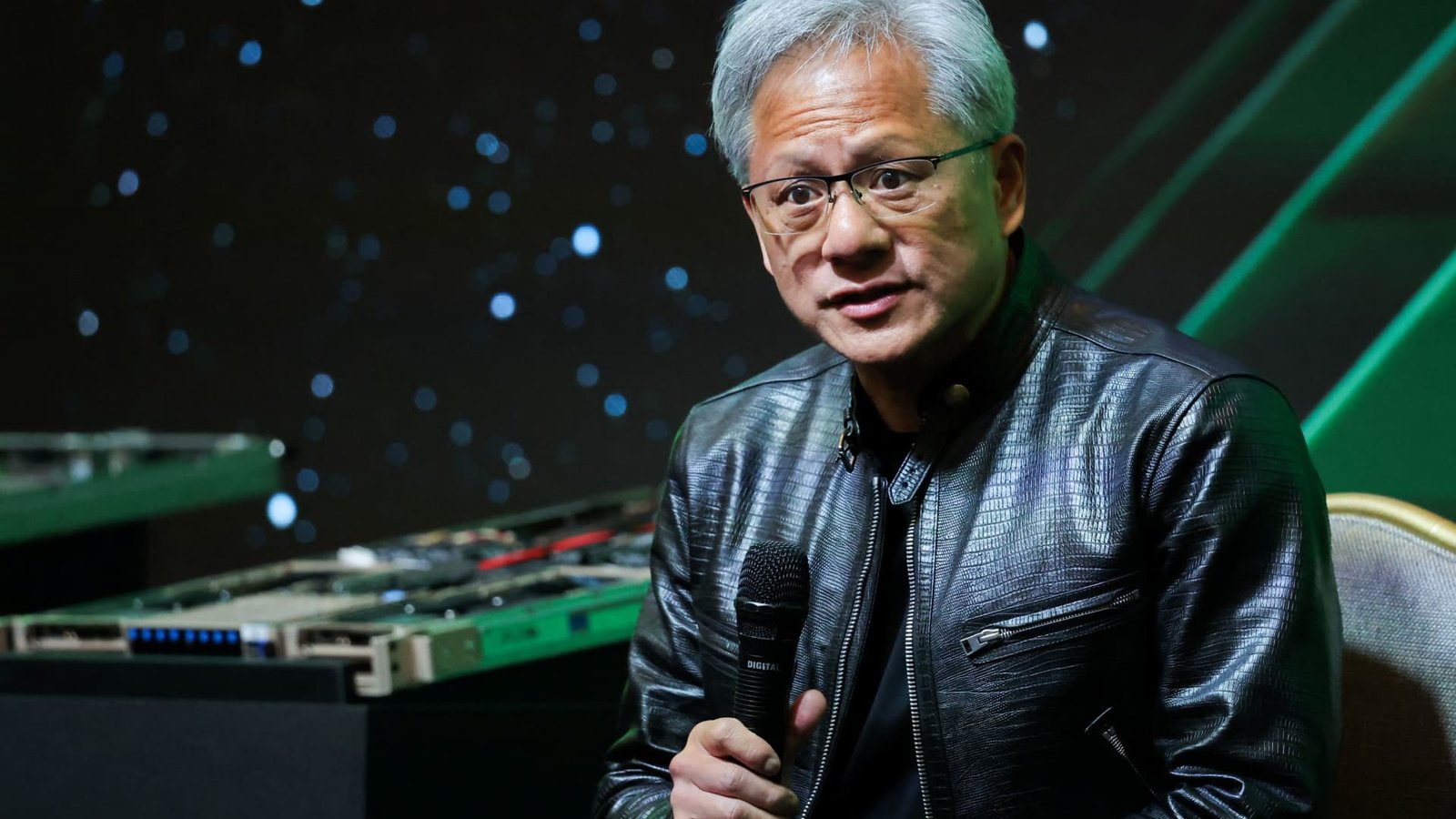Warning: This article contains spoilers for I Saw the TV Glow. It also contains a discussion of self-harm; reader discretion is advisedI Saw the TV Glow has become one of the most critically acclaimed and most talked about films of 2024. Directed by Jane Schoenbrun, it focuses on two young friends, Owen (played by Ian Foreman at the beginning of the film and Justice Smith as the older version) and Maddy (Brigette Lundy-Paine), whose connection to their favorite television show drives them to question both the reality they live in as well as their identities. The film is many things, from a surrealist horror film to a deep-moving character study about the toxic nature of retreating into nostalgia, while also exploring the power a seemingly unimportant genre series can have on a person’s sense of self. It is a rich and textured film that is open to interpretation by the audience and is a must-watch for the year.
One thing many people will be asking about after viewing the film is the ending. The film’s ending sees a much older Owen still stuck in his hometown, working at the same family fun center but sickly. During a kid’s birthday party, he screams in pain and has a breakdown, going into the bathroom to cut open his chest to reveal a static television. He leaves the bathroom and goes back to work, apologizing to everyone for his incident, but nobody acknowledges him.
It is a haunting ending that matches the film’s tone and spirit, which might confuse many audiences as to what it means. Like the film itself, it doesn’t give an easy answer and is more open to the audience to decide what it all means. However, peppered throughout the film are symbols that paint a greater picture of what the film’s ending is actually about.
Gender Identity
I Saw the TV Glow has been read as an allegory for gender identity. Director Jane Schoenbrun and star Brigette Lundy-Paine use they/them pronouns, and the film itself is peppered with imagery and symbolism regarding gender identity. The film’s opening sequence shows the classic parachute P.E. activity kids do, but the colors of the parachute are purple, blue, and pink, which can be found on both the bisexual pride flag and the gender-fluid pride flag.
Many have read Owen himself as a closeted transgender character (due to the film never giving a concrete answer and Owen referring to himself as ‘he,’ we will be sticking to using he/him, and they/them pronouns for Owen). The film implies that he and his father used to be close, but his father has become cold and cruel to him, almost as if he is bitter at the idea that his “son” may actually be his daughter. Owen’s father makes a cutting jab when teenage Owen wants to watch a young adult series titled The Pink Opaque, calling it a “girls show.” The film perfectly cast Limp Bitzkit’s Fred Durst as Owen’s father, using his status as a tough guy to symbolize toxic masculinity.
.jpeg)
.jpeg)
.jpeg)
Related
The Best Buffy the Vampire Slayer Episodes, Ranked
Buffy the Vampire Slayer is a pop culture phenomenon that has become a cherished cult classic and over time has attracted a devoted fan following.
When the film jumps forward to Owen as an adult, he says after his father died, he took over the house and has since settled down and got married, but the audience never sees this. The film’s ending, of Owen being in such awful physical condition, could be the cost of his physical and mental self straining to deny his true self, be it gender identity, sexual orientation, or anything else. It is trying to burst out, and he has repressed it so long it is killing him. He is trapped and needs to let it go, and for a brief moment, he does. Yet he conceals it back up so as not to bother anyone else. He finds it easier to live with the secret than to live truthfully, which is the film’s bitter note.
Reality vs Fiction and How We Perceive It
At the mid-point in the film, Maddy re-enters Owen’s life when he is a young adult. She tells him that after running away from home, she got bored with her life and paid someone to bury her, where she awoke in The Pink Opaque as Tara, her real self and one of the series’ main characters whose fate is left unknown following the series cancelation before the resolution of the plotline. She also tells Owen that he is Isabel, and he is buried alive, too, and needs to wake up. Owen is freaked out by this idea and rejects it outright. Still, it further adds credence to the idea of Owen a transgender individual, as his true identity is a woman.
Yet the film also asks the audience: is Maddy/Tara right? Is the entire movie the hellish scenario the main characters of The Pink Opaque suffering at the hands of the fictional show villain, Mr. Midnight, and something they can wake up from? Is this reality of the film happening? It certainly recontextualizes all of the film’s surreal imagery as not metaphorical but literal and only existing within a nightmare scenario.



Related
Explained: How The Matrix is a Metaphor For the Transgender Experience
Director Lilly Wachowski has said that The Matrix series is a “trans metaphor,” and a brilliant one at that.
The film never gives an answer, and because it is told from Owen’s point of view, Maddy sounds like many people who live under the impression that life is a simulation, which is called the simulation hypothesis. The movie wants the viewer to question what Maddy is saying and read it as someone who is having trouble coping with reality because that is how Owen interprets it. This very real and complex phenomenon leads many people down dark paths.
Yet regardless of whether Maddy is right and the film is actually a hell the characters are trapped in or the words of a person so far separated from reality, one thing is clear: Owen is trapped. Both in the sense that if he is Isabella, he is literally trapped underground being tortured within the reality of The Pink Opaque. Still, even as Owen, he is trapped in his own town and concealing his true identity. Maddy doesn’t need to be right to be onto something symbolically: Owen is suffocating inside, which comes out in the film’s ending.
Is The Films Ending Tragic or Bittersweet?
Ultimately, I Saw the TV Glow does not give any easy answers. It is unsettling in that it is not wrapped up in a tidy way that can be both confusing to some, offputting to others, and primarily haunting to most. After what appears to be Owen having an emotional breakthrough, opening himself up and showcasing the pain inside him, finally given room to breathe, he leaves the backroom and returns. He apologizes to everyone, but nobody notices him. He goes back to concealing himself from others because it is easier for him. Ultimately, it is Owen’s choice to live how he wants. Nobody can force Owen to be true to themself; that is a decision he needs to make.
Yet, there is a slight glimmer of hope in the idea that no matter how old someone is, it is never too late to change. Despite Owen’s best attempts to bury it, it is always there, waiting for him to let it out. When he revisits The Pink Opaque as an adult, he finds himself disillusioned with it, and being more cheap and corny than he remembers. He has lost sight of what it meant to him, becoming jaded, and the film even leaves this up for debate on whether this is a good or bad thing. Is it better to not be so easily blinded to nostalgia that you retreat into it in toxic ways, or is it just as toxic to lose all sense of who you are and what you loved due to “growing up?” Has Owen grown up, or is it an immature idea of what the concept means?
I Saw the TV Glow’s ending will be talked about for years, and like the ending to Inception, it will have many different interpretations. That is one of the many elements that make it so great and worth visiting and revisiting to not just only find out what the movie means but what the film’s ending means to you, specifically. We stare at the TV screen, and it stares back at us to reveal a greater truth hidden within.
Check out our interview with director Jane Schoenbrun and star Justice Smith regarding I Saw the TV Glow.



















